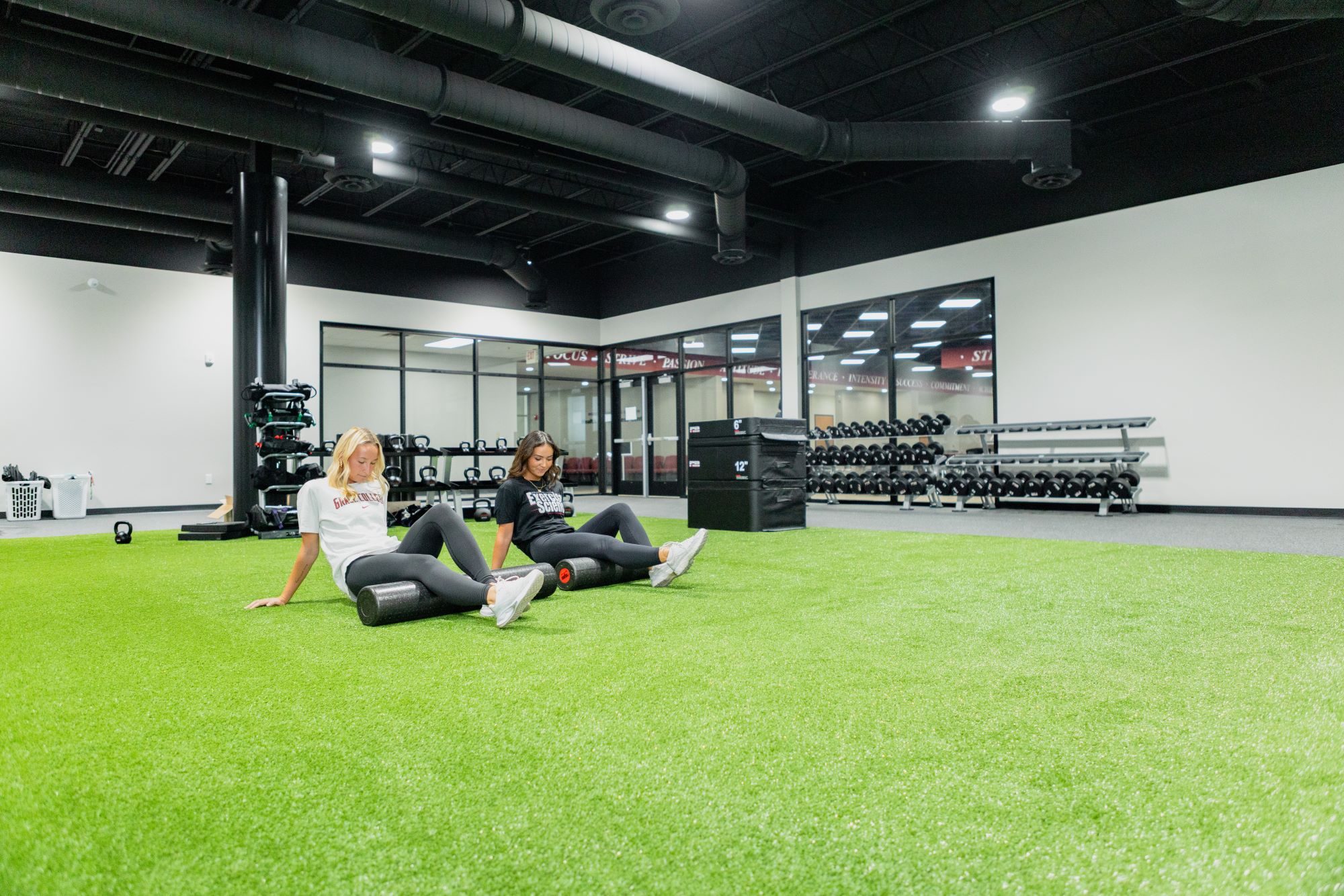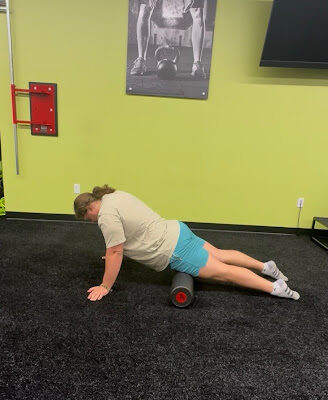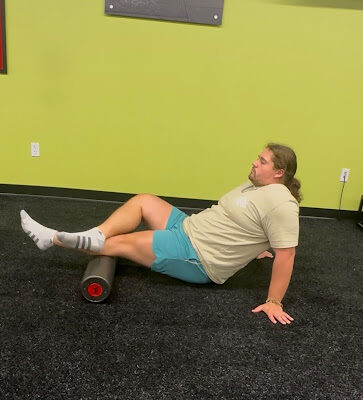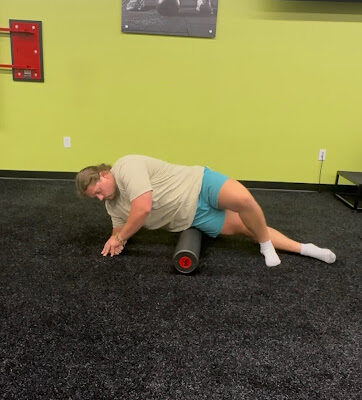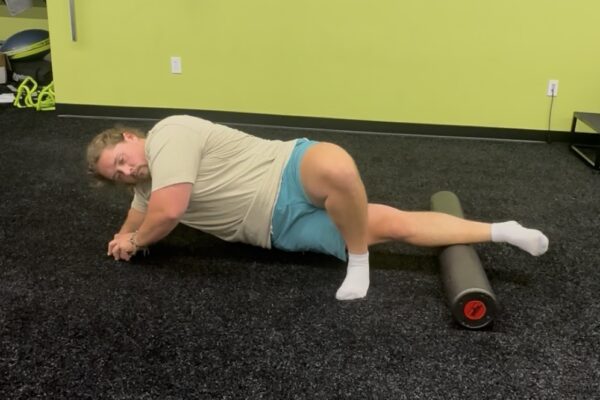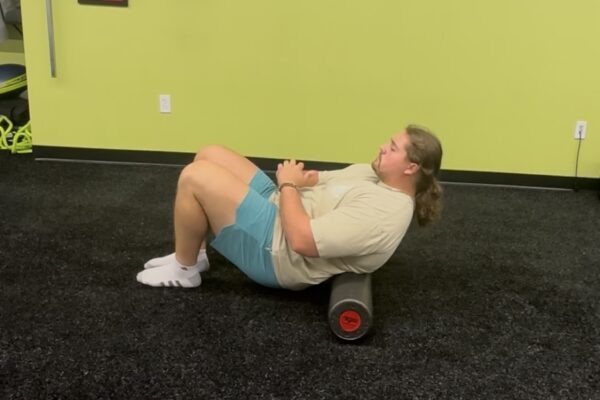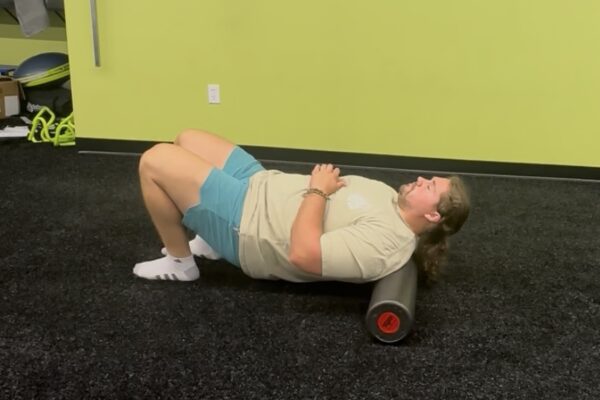We have a connective tissue made of collagen and elastin that connects to all sorts of different parts of our body called fascia; it supports the muscles and acts as a form of communication for the body, almost like a spider web that senses vibrations. Fascia should be smooth and slippery, capable of stretching with movement. It can also become thick, dry, and tight when it isn’t healthy, and sometimes this can even be mistaken for muscle or joint pain. When we find these sticky spots that cause pain, immobility, and lack of circulation, we can treat them with myofascial release.
Myofascial release is emerging with lots of tremendous promise. It simply refers to the act of applying pressure to the tight area of fascia in an attempt to “release it,” or make it loosen its tension. This can be done through massage therapy or foam rolling. Foam rolling is a fantastic way to release fascial tension if you are by yourself or on a budget. It’s easy to use and very effective; the general recommendation is to go back and forth 10 times with the foam roller on the tight area. Tennis balls can also be used for a more precise point of release.
The most common areas that can get sticky are the glutes and hips, low back, shoulders, quads, and hamstrings. Tight fascia leads to restriction in movement, and because it is so intricately connected to all parts of the body, tight fascia in one part of the body can cause pain in a completely different part of the body.
The good news is that fascia is very adaptable and easily restored. If you have trouble releasing one area, it may mean another area must be relaxed before that spot will relax also.
In general, moving and stretching frequently, as well as maintaining good posture supports the fascia and allows it to partner well with your muscles to create good movement.

